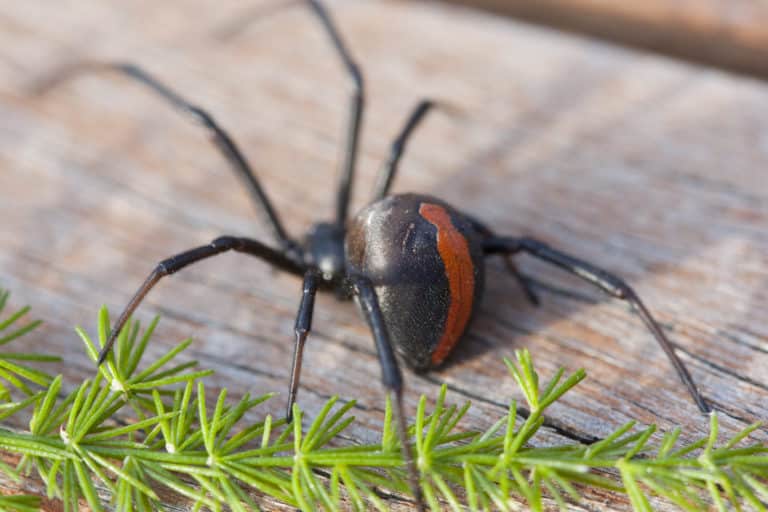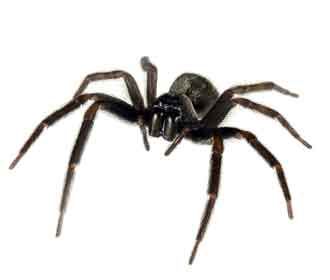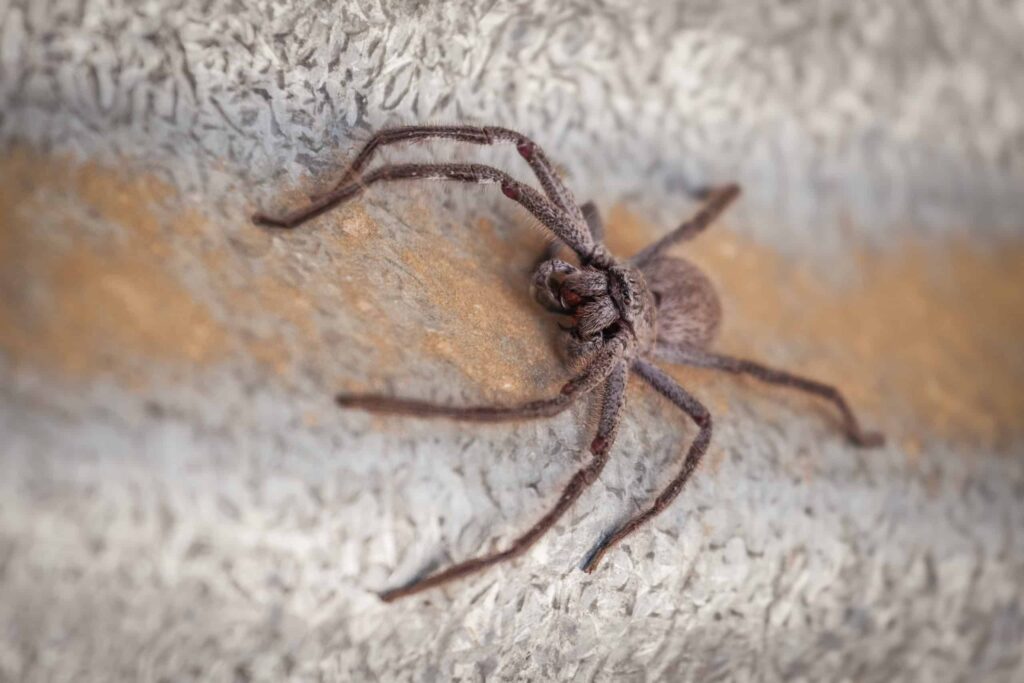Pest Control Solutions | Spiders
- Home
- Spiders
SPiders
Spider Education and Identification
Australia has over 2400 species of spiders, less than 50 of them are harmful to humans. Our country is known for its venomous spiders, the last spider fatality was in 2016 and that was the first confirmed spider fatality in Australia for over 37 years.
The reason for such little fatalities even with such deadly spiders comes back to the fact we have the appropriate antivenoms which can save us if the instance ever occurs. This is why it is important you are able to identify spiders in order to be treated correctly.
This article will go over some of the more common and deadly spiders – how to identify them and what should be done if bitten.

Redback Spiders
Distribution: Australia Wide
Where are they found: Redbacks prefer dry sheltered places; under rocks, logs,
outdoor furniture, barbeques, inside tubular fencing and in roof voids.
Identification Tips: Although normally black with a red stripe, females can be brownish and sometimes all black. The red stripe can be broken. Juvenile females have extra white markings on the abdomen. Males are brown. Females: 10mm. Males: 3-4mm.

Sydney funnel web
Distribution: Along the east coast of Australia.
Where are they found: Funnel Webs generally make burrows in moist, sandy soil. There are also some tree-dwelling species. Generally, only the smaller, more venomous male is encountered, when it goes wandering in the summer in search of a mate.
Identification Tips: Black shiny carapace. Males have a leg spur or group of spines on their second pair of legs. Size varies from 10-50mm.

Black House Spider
Distribution: Australia Wide
Where are they found: Normally live in trees, found on tree trunks, logs and rock walls. Around houses, they will build a funnel-shaped web around windows and eaves.
Identification Tips: Body and legs are dark brown to black with white speckling. Female: 18mm. Male: 9mm. Similar grey house spider has a grey body and grey/brown banded legs. Favourite food for the white-tailed spider.

White-tailed Spider
Distribution: Australia Wide
Where are they found: White-tailed spiders are nomadic hunters, living beneath bark, rocks and in the leaf litter. Their preferred prey is other spiders. In the warmer months, they may come inside looking for prey and to escape the heat.
Identification Tips: Cigar shaped body. Orange/brown banded legs. Females: 18mm. Males: 12mm.

Huntsman Spider
Distribution: Australia Wide
Where are they found: Huntsmans are found underneath loose bark on trees, in crevices, and underneath rocks. They like to squeeze into tight spaces, which is why they can be found inside cars and under sheets.
Identification Tips: 94 species; all large, fast-moving spiders with flattened bodies. Female (body length): 20mm. Male: 16mm. Leg span: up to 150mm. There are a number of social huntsman species, which live in groups.

What to do if Bitten
Spider bites can vary in severity, with funnel-web and redback spider bites being of most concern.
First Aid Actions:
-Keep the patient calm and still.
-Capture (if safe), take a photo or identify the spider.
-In the case of a funnel web bite, apply a pressure bandage and call for medical help immediately.
-For all other bites apply an ice pack (do not apply pressure bandage) and call for medical help.
The Avanteguard professional approach to spider control can provide a long-term solution to the problem of spiders around your home.
Call Avanteguard for an effective and reliable solution to spiders in your Wagga Wagga home or business and ask about our warranty and follow up.
Contact us today
For expert advice on pest control, call us at AvanteGuard Pest Control and one of our Technicians will be able to quote on any job over the phone or we will come to you and investigate the problem and give you an obligation free quote. We service the Riverina and surrounding areas.
Wagga wagga
- 80 Jack Ave Wagga Wagga NSW 2650
- 0427 954 425
- [email protected]

